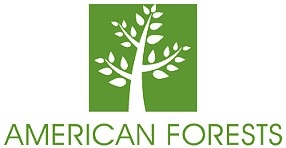
Winter Arboretum
November 19, 2014
American Forests' Endangered Western Forests (EWF) program works on the protection and restoration of forests exclusively in the Greater Yellowstone Area.
Forests across the west are dying at an alarming rate due to beetles and an invasive disease, white pine blister rust. Though our western forests as a whole are important, the whitebark pine is arguably one of the most vulnerable and ecologically important tree species in the western forests. It produces significant benefits to the ecosystem. In addition, due to its broad crowns and ability to grow in high-elevations, whitebark pine also plays a vital role in regulating snow melt and soil erosion, preventing avalanches and providing a clean and consistent water supply. Whitebark pine is uniquely susceptible to the threats that are rapidly decimating these forests.
The EWF Initiative protects and restores highly threated forest ecosystems while educating and engaging citizens and policymakers on the importance of the whitebark pine, these forests and the threats they face. This is a comprehensive initiative utilizes unprecedented collaborations to develop and implement innovative approaches to protect and restore western forests. The programs two main goals are:
Goal 1: Create and implement a replicable protection and restoration strategy for threatened forests starting with the whitebark pine in the Greater Yellowstone Area.
Goal 2: Educate and raise awareness — locally and nationally — of the losses of high-elevation forests and the importance of restoring these forests to health.
American Forests is working to take fast and concerted actions to prevent the disappearance of these vital and iconic landscapes.
To learn more, click here.
Back to Blog
